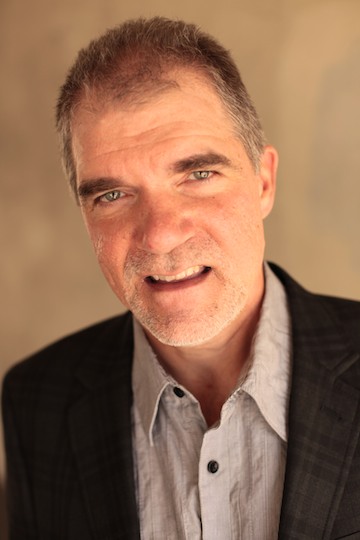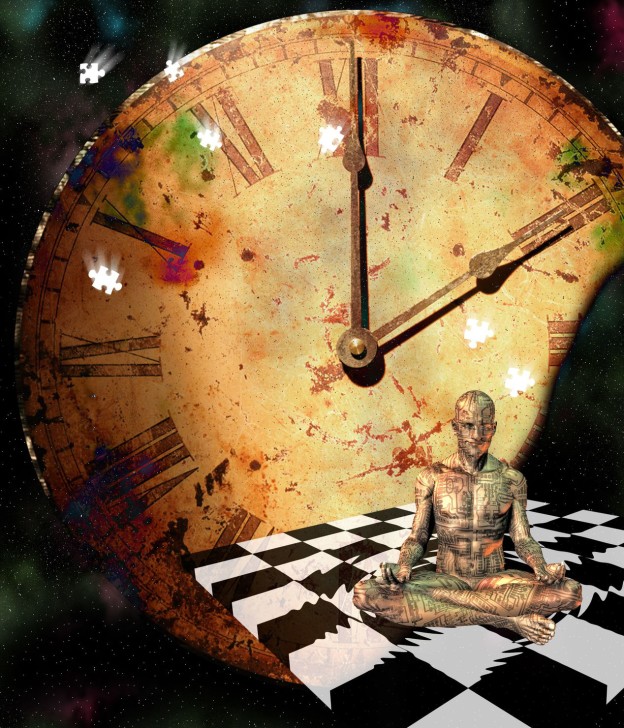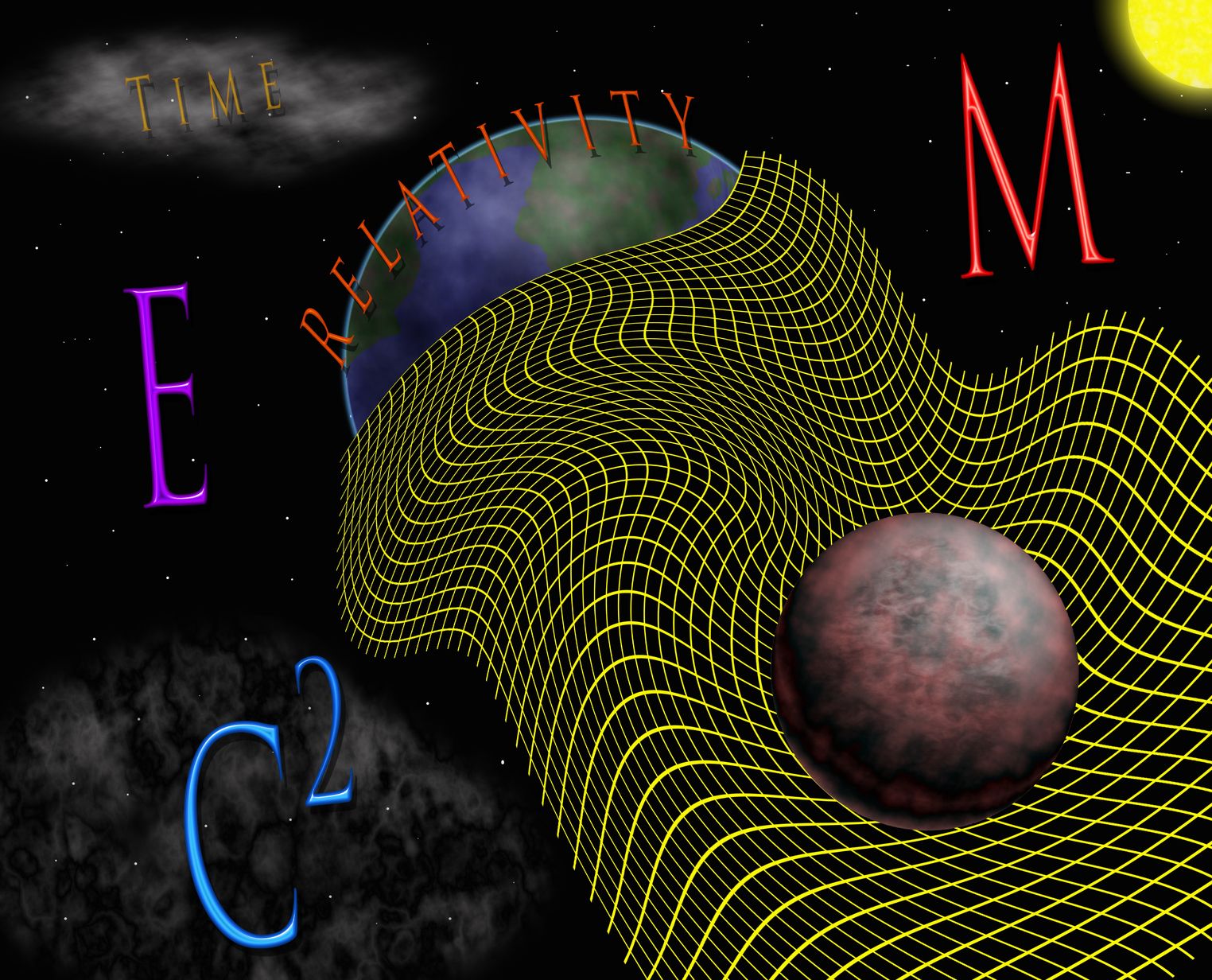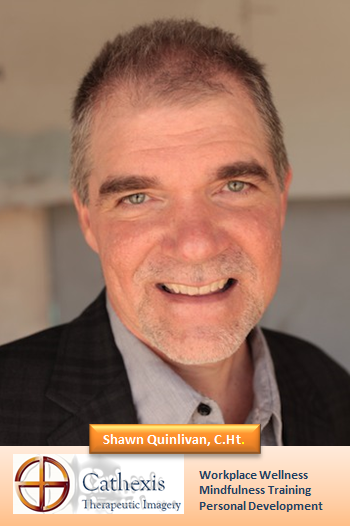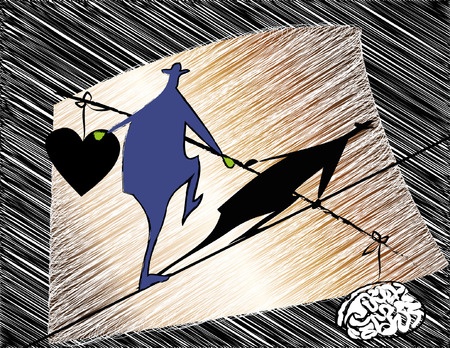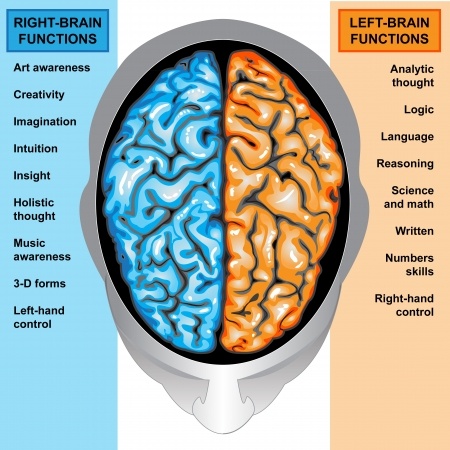A new world community is evolving, one of diversity and connectedness with all of life. This is the manifestation of a global ascension of consciousness rooted in compassion, emotional intelligence and spiritual unity. Bridging the divisions within ourselves and letting go of limiting attitudes and beliefs anneals our divine connectivity. We perceive the ways in which learned prejudices have rendered us vulnerable to the intrigues of wealth and power. The politically driven machinations of fear and apathy become increasingly transparent, and we are drawn together in challenging our governments to better serve the interests of humanity and the environment.
These are some of the issues fueling this ascension of consciousness:
- More than nine million people, the majority of them women and children, are hungry and impoverished in a world that can readily afford to feed and shelter them
- Our precious planet and its wild and magnificent wonders are besieged by the ecologically unfriendly and sometimes devastating footprints of industry, despite the availability of greener and more sustainable options
- The predatory pricing practices of pharmaceutical companies and their methodical discrediting of holistic practices and cures that can’t be patented and sold
- The inertia of institutional economic dependence on fossil fuels which fails to entice energy companies into developing viable alternatives
- The incestuous infrastructure of national governments, financial institutions, and investment exchanges
Awakening
Many now eschew the jaded visage of a corporate owned media that is no longer bound by objectivity or journalistic integrity—a media that propagates the profiteering agenda of the world’s wealth nexus by ‘selling’ carefully crafted and sponsored stories—and purveys fear by sensationalizing crime, natural disaster, and human suffering. Equally disturbing, and what has become painfully evident to everyone, is how politicians fail to represent the collective interest of their electorates due to conflicts of interest created by the dark money of special interest lobbying. These deeply embedded practices circumvent political ideologies and violate the basic social contract upon which democratic governments function, transforming them from a voice of the people into a commodity of the rich and powerful.
It has become obvious that such governance practices cannot sustain our planet or its populace. This is why our global ascension of consciousness is a source of profound hope and inspiration. Considering recent developments in civil rights based on tolerance of gender, race, and sexual preference, all of which have overcome historical cultural and institutional resistance, there is every reason to believe that political lobbying reform, equitable wealth distribution, uplifting of the impoverished, affordable and integrative medicine practices, and sustainability of our planet, are reasonable and attainable goals.
Transformation
The sea change lies within each of us to avoid entanglement in the fences that would divide us. We can accomplish this in the following ways:
- By discovering how to invite and nurture this collective spiritual awakening to our connection with all of life;
- By finding and giving love amidst the complex personal, ideological, and cultural conflicts that will inevitably arise along the way; and
- By kindling our endearing faith in human spirit and ingenuity to preserve the wonders of creation.
An emboldened future where all of life thrives with respect and dignity manifests singularly, within the hearts of each of us. We must reach out to those who resist and hold to the old paradigm— accept and embrace them as teachers instead of reacting to them as adversaries—and reverently understand it is they who will forge our greatest intention.
Compassion, emotional intelligence and spiritual unity do not spare hardship or ensure accomplishment of goals and aspirations; rather, they diffuse intimidation and polarization, thus allowing the rectitude of vision necessary for enlightenment. Ascension of consciousness begins not with answers but with questions—questions each of us must resolve within ourselves: Do we cling to apathy and the little-death of fear? Or do we surrender to the nobility and courage of love?
Note: I was moved to write and post this article because so many of my clients, in one way or another, have shared their deep concerns about these and other issues plaguing our world. Most have also expressed the desire to find or deepen their spiritual connection. My motivational messages, therapeutic approach, and mindfulness training model resonate with the themes of compassion and love as the way to ‘be the change’ we wish to effect in our lives. I believe casting aside fear and consciously seeking the path of empathy leads to spiritual enlightenment. By enlisting love as our vessel and compassion as our compass, we successfully navigate the stormy seas of our individual and collective realities, discovering sanctuary for ourselves and others along the way.
©2015 Shawn Quinlivan, C.Ht. and Cathexis Therapeutic Imagery


